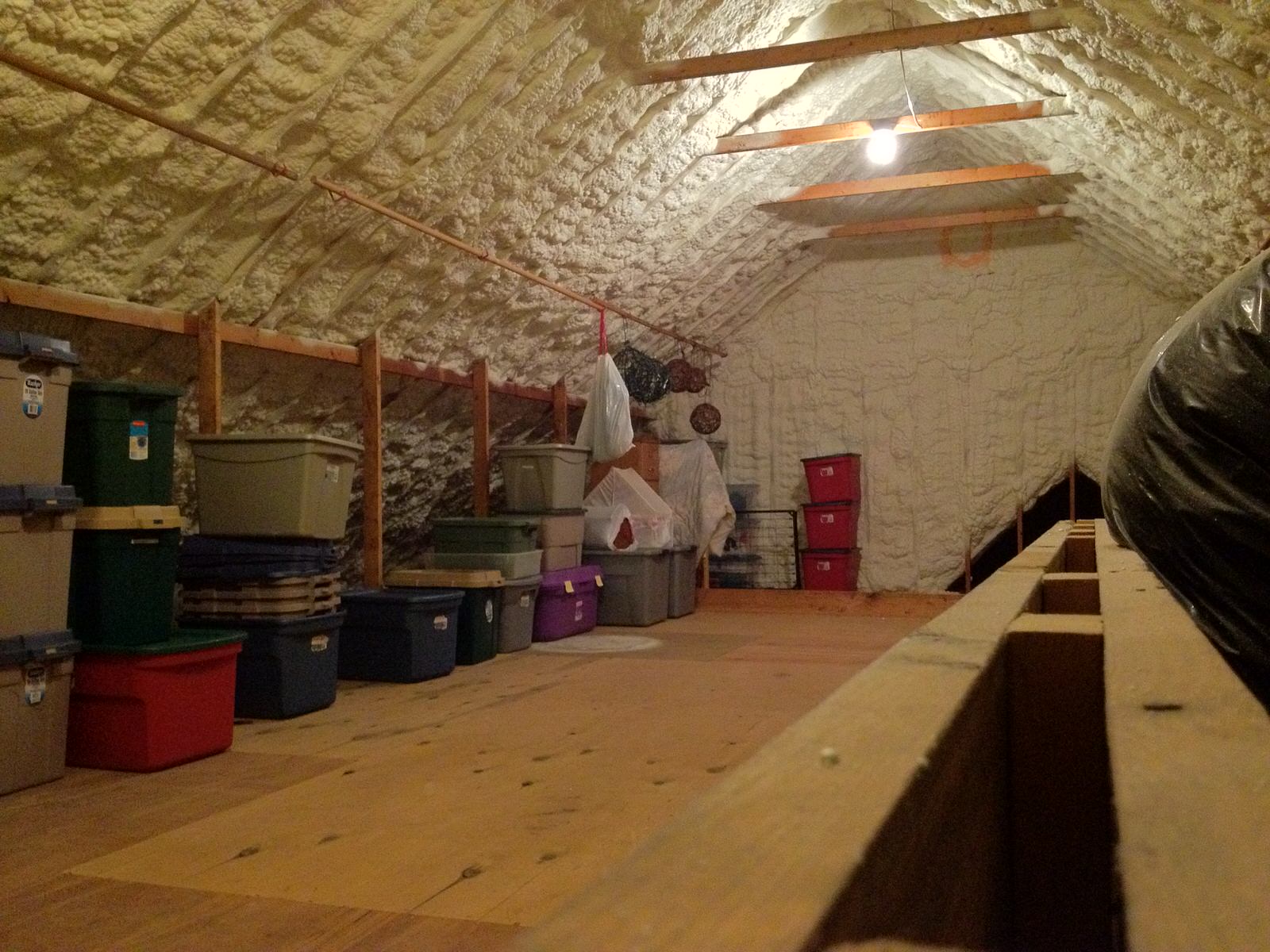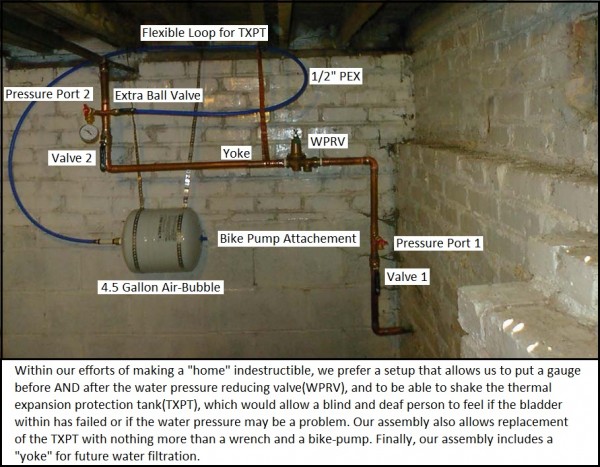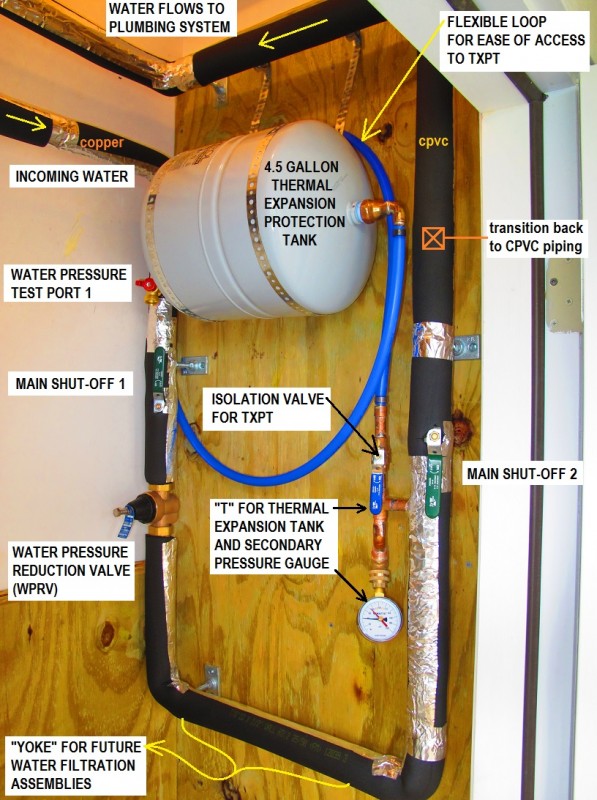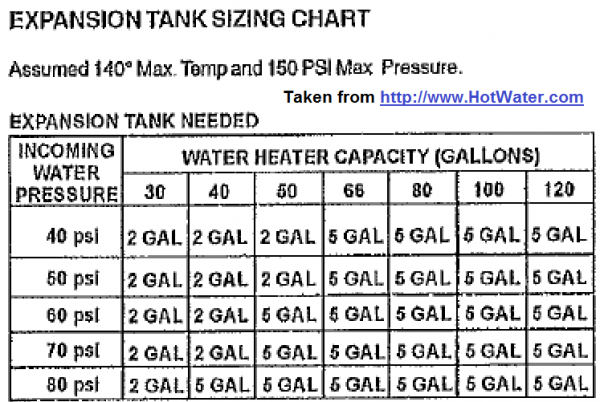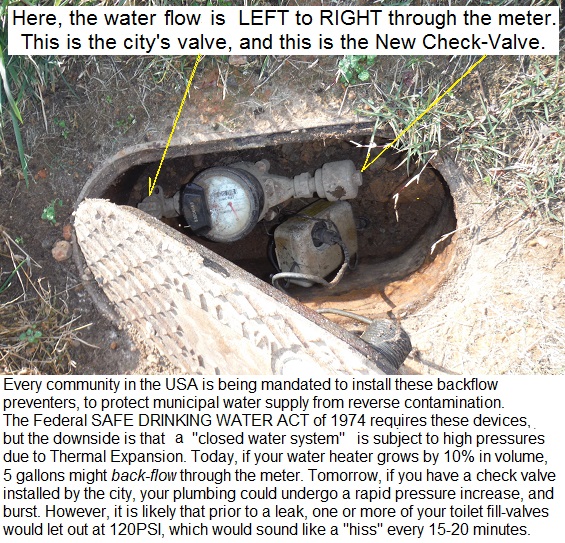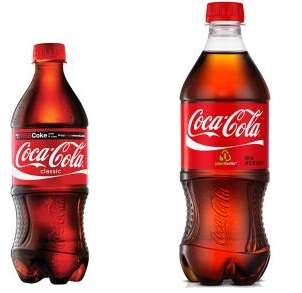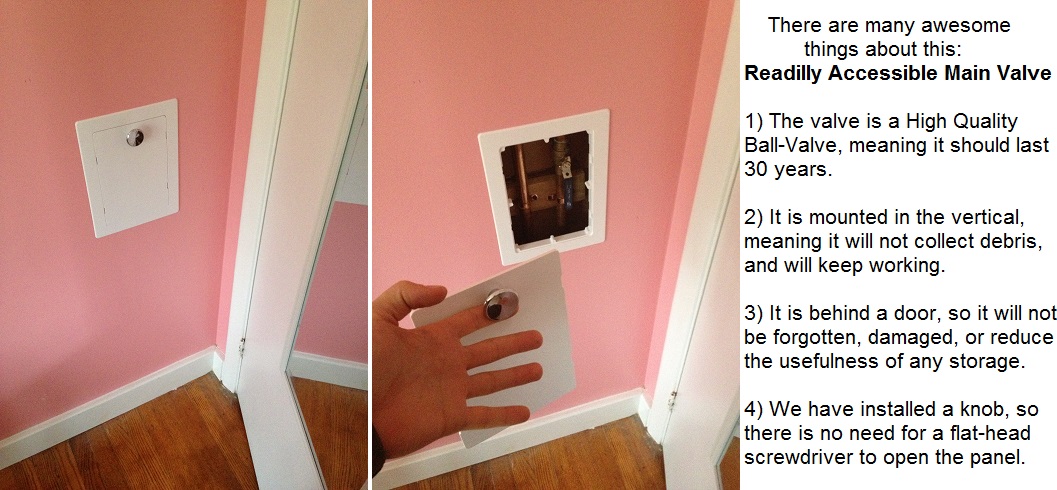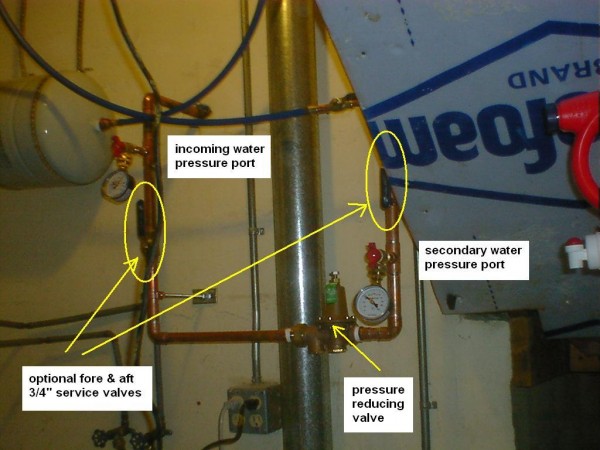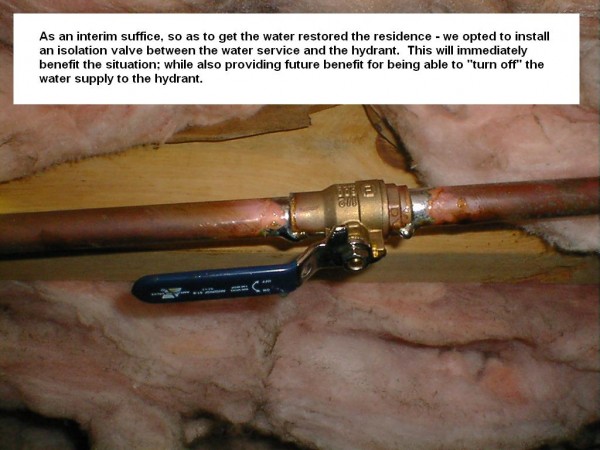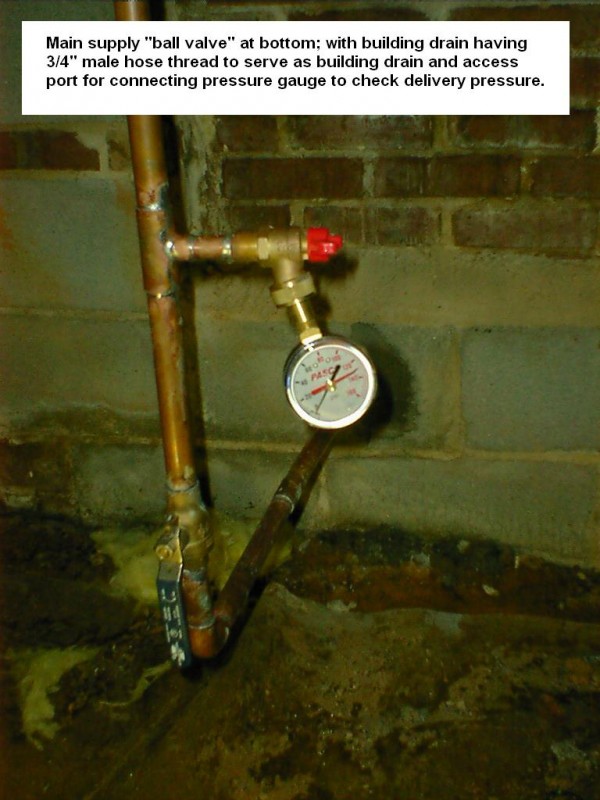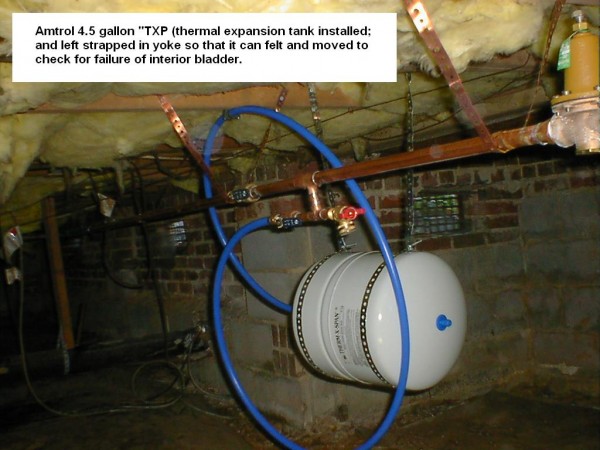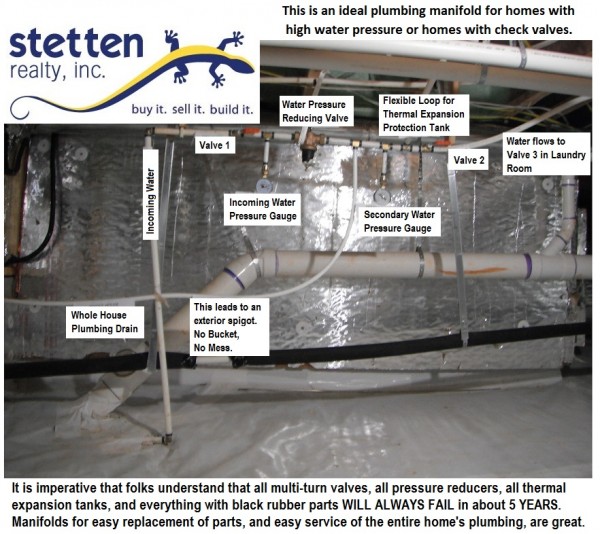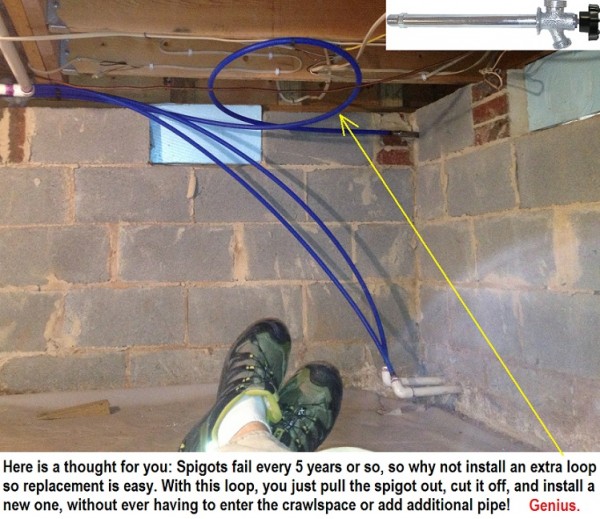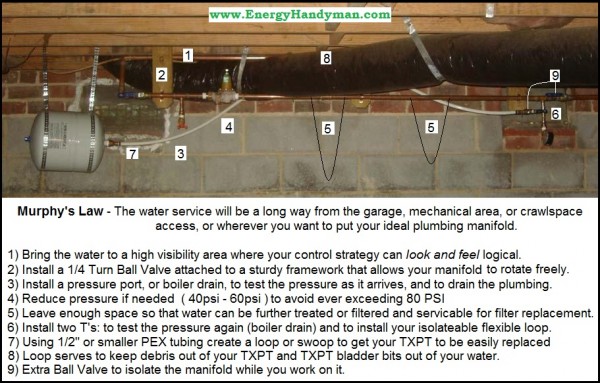Water Pressure and Thermal Expansion
Hello, My name is Adam, and I have a passion for “Homeowner Friendly Plumbing”.
Exercise # 1
– If you are inflating a tire, what information or tools should you have or desire, in order to begin work?
[_] The desired pressure.
[_] A method for inflating, deflating, and measuring the pressure.
[_] A device for capping the fill valve.
…
Exercise # 2
If you are a homeowner, and you wish to understand the plumbing in your house, you need to know / do :
[_] 1. The delivery pressure of the water. Where does it come in? Where is/are my “main-valve(s)”?
[_] 2. The quality of the water. PH Balanced? Alkaline or Acidic? Additives? Ammonia or Chlorine or Both?
[_] 3. The quality/How old are my: valves, pipes, water heaters, washer hoses, dishwasher lines, ice-maker lines, toilet seals, drain pipes, and what kind are they????????????? Is everything properly pitched? If there was a failure how would I find out about it?
[_] 4. Find out if there is “check valve” in the water meter box. (a back-flow preventer that makes the system “closed”)
[_] 5.The general knowledge that 80 PSI is considered the maximum safe working pressure of most water systems.
[_] 6.The general knowledge that 40-60 PSI is a good setting for domestic water when it needs to be strategically reduced. If your delivery pressure is at or above 80 PSI, you need a Water Pressure Reducing Valve aka “WPRV”.
[_] 7. A means of testing the pressure on both sides of the WPRV. We must test, adjust and verify the incoming and reduced pressure. [maybe the first port is an outdoor spigot that is not reduced, and another spigot after the WPRV. A “Pressure Port” is “required” by ALL water-heater manufacturers, All reducing-valve mfgs, all expansion-tanks mfgs REQUIRE pressure ports, but local codes often do not. Why?] Codes are concerned with safety much more than durability. The minimum code requirements should be thought of as irrelevant.
[_] 8. Is thermal expansion an issue? Is there a Thermal expansion tank on this home? What is the charge on the tank?
Everything would be a lot different, if in every home, you saw something like this:
The above photo is really the ideal plumbing manifold with respect to material selection, performance, and sometimes in crawlspaces you have a lot of space for things. On the contrary, with many newer homes, or as we call them, “houses” the mechanicals are shoved into a tight, dark, maybe even wet, spaces or closets. To that we say, “Get your plumbing beneath you, where it can’t hurt you!!!”
It is way too common to see homes with high pressure, poor water quality, and poor design and installation of their plumbing system. Here is another example of “Getting control of the water pressure and Thermal Expansion”
The above home was plumbed in CPVC pipe, and the new manifold is copper with a single PEX flexible loop.
Imagine it is your job to replace the WPRV and Thermal Expansion Tank, and set them both to 60 PSI.
You could be confident that this home is under control, because if you run 2 gallons of water out of any tap or fixture, and then this 4.5 gallon tank is heavy (filled with water) then you know there is a problem with water pressure or thermal expansion. The only time this tank should have water in it is when something requires a lot of hot water, and then the demand is stopped. What should happen, is the water heater should cycle to 130 degrees and the bladder would absorb the volume of thermal expansion until the movie is over or you flush the toilet. Additionally, if someone were to adjust the water pressure up from 60PSI to 80PSI the bladder in the tank would be compressed and the ability/capacity of the tank to absorb pressure would be greatly reduced.
By now you are either bored, or dying for more information. If you are, I think this chart is helpful:
This chart is tricky, because the numbers across the top and left side are MAXIMUMS
The way WE read it, if you have a 50 gallon water-heater, and a Water Pressure Reducing Valve, (which means your pressure is likely over 80 PSI at the meter) you must have a 5 Gallon Thermal Expansion Tank. (They make 4.5 Gallon Tanks too)
The way WE read it, all water heater should have a 5 gallon tank, because who can guarantee your 40 gallon tank is not going to be subjected to 81 PSI. Also, this is all completely dependent upon if the tank is properly pre-charged, and installed in the right sequence, and with the right valves, to be tested annually, which is required by the MFG in their installation instructions.
In other words, if you have a 2 gallon air-bubble at 30PSI and you connect it to a home which has a reduced pressure of 60PSI, you have eliminated some or all of the pressure absorption. So if you hire a plumber who you aren’t confident in, buy the biggest safety net that fits! It is approximately $12 to upgrade from a 2 gallon to a 5 gallon thermal expansion tank, although most plumbers will have to make a special trip because they only stock the cheapest, crappiest materials available, which they believe keeps them competitive.
Your TXPT should be set about 1 PSI over your reduced water pressure.
If your water is delivered below 60PSI you likely do not need a WPRV.
If you have a check-valve in your water meter box, and your water heater has a tank (not tankless) you need a TXPT.
aka
Q) Which one of these bottles would you like to drive across the country in your truck?
A) The one with the adequately sized air bubble. 5-10% of the total volume is desired. 10% if intentional heating is going on.
Where would you like your main water shut-off to be located?
In the crawlspace, attic, pantry, coat-closet, laundry room or garage?
We have been involved with literally hundreds of Crawlspaces Flooded by Plumbing Failure. More of the leaks are with the Water Supply, than the waste water.
The above valve could be described as a “Building Plumbing Drain”.

The above valve could be described as a “Water Service Drain”.

